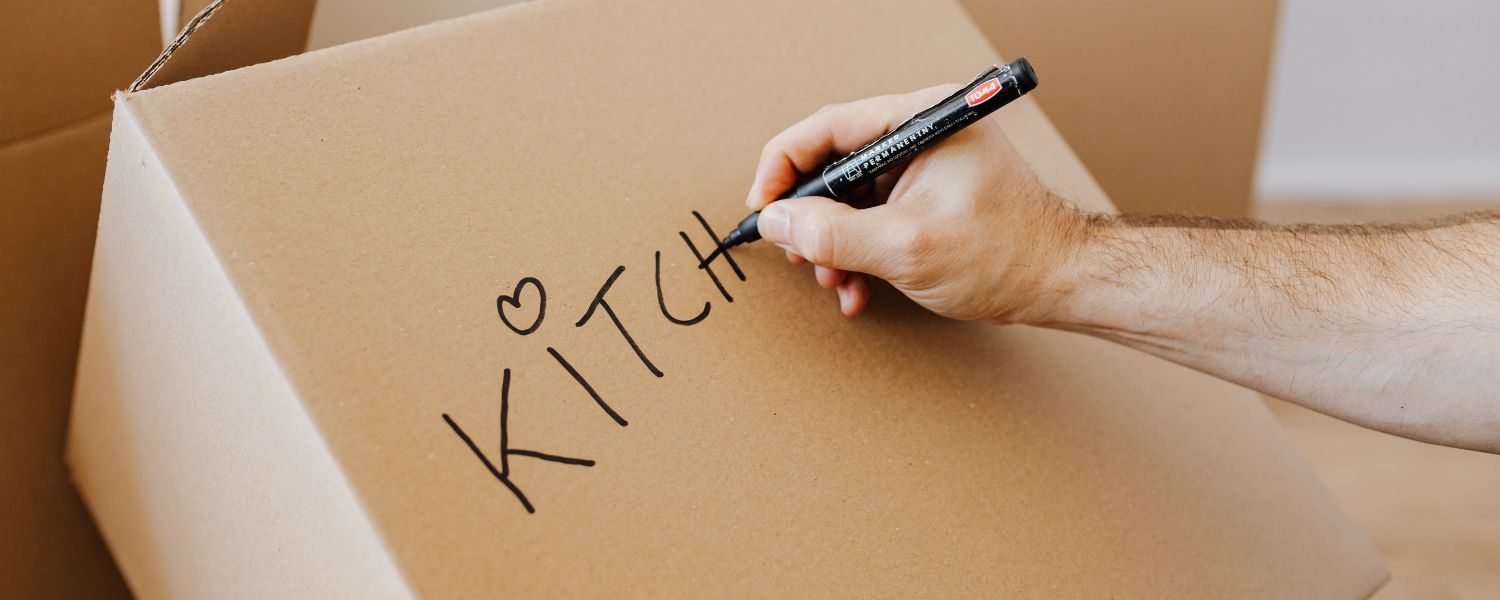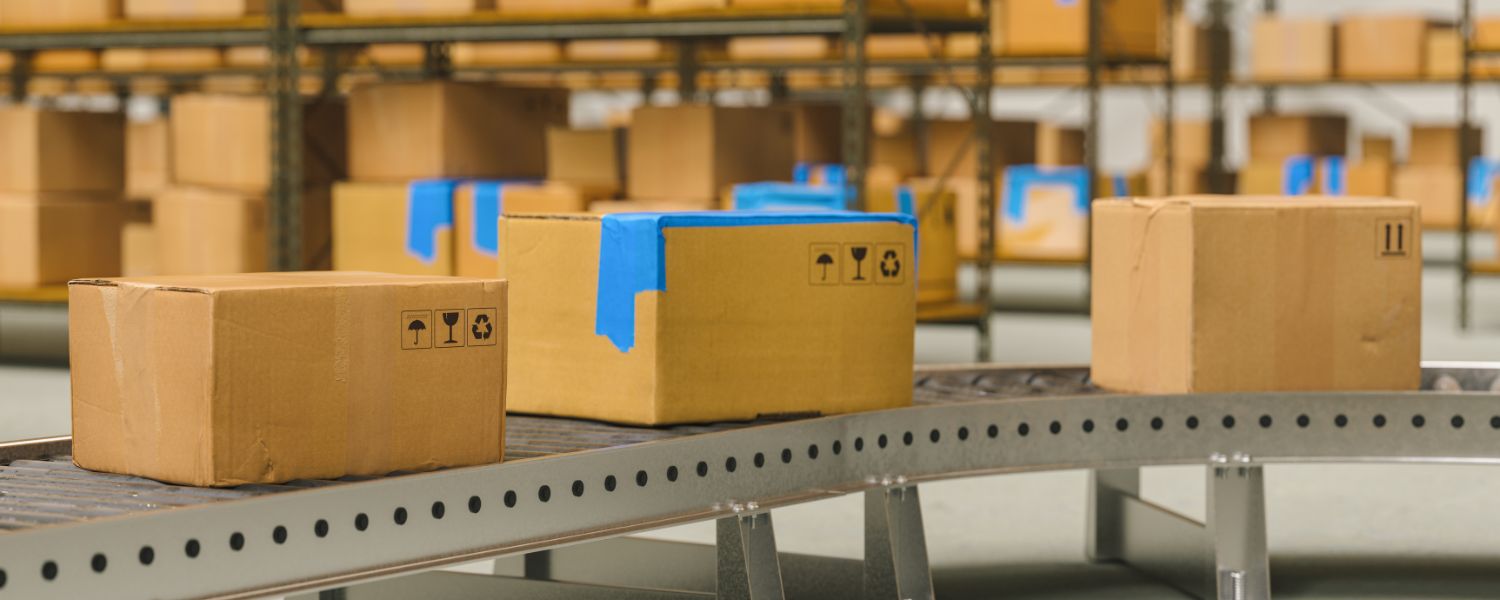In today’s competitive market, the packaging reflects your brand. It sets the tone for your product and is a powerful tool for Role of Packaging conveying your message and connecting with potential customers.
Many businesses need to realize the role of packaging in strengthening their brand’s image. It decides between a customer choosing your product over another.
It is not just a box but an opportunity to showcase your brand and build a lasting impression that helps drive sales.
In this blog, we’ll describe the role of packaging in building your brand’s image and how you can make the most of it.
Role of Packaging in strengthening a brand’s image
Packaging is the first thing a customer sees when they encounter your product, so it’s important that it catches their eye and makes a lasting impression.
Therefore, creating packaging that conveys your brand’s message in a way that resonates with your target audience is important. Below are some of the roles of packaging in positioning your brand as the leader in the industry.
1. Creates a memorable first impression

Packaging is important in creating an indelible first impression and building a brand’s image.
Packaging serves as an extension of the brand. It communicates the brand’s values, personality, and product quality.
Good packaging makes a product stand out and gives customers a strong and positive first impression. It also influences a customer’s purchasing decision.
It acts as a visual cue for customers, making recalling a product or brand easier. Therefore, a company must have well-designed, attractive packaging that best represents its brand.
2. Reinforces a brand’s message

Packaging reinforces a brand’s message and creates a positive impression on customers. Therefore, packaging should be attractive, informative, and consistent with the brand’s overall image. It should also be functional, durable, and environmentally friendly.
The packaging design should be unique, memorable, and reflect the brand’s values. It should also be easy to open, understand and store.
By ensuring that your packaging reflects your brand’s message, you can make a lasting impression on your customers and build a strong brand identity.
3. Differentiates products from competitors

Differentiating a product from its competitors is the important role of packaging and labeling in building a brand’s image. It creates a strong visual identity for a product, which attracts customers and influences their purchase decisions.
Packaging communicates a product’s unique features or benefits and creates a memorable customer experience. It also adds a sense of luxury or value to a product and communicates a brand’s values or mission.
Ultimately, by creating an attractive and distinctive package, a brand creates an emotional connection with customers and a lasting impression.
4. Establishes a brand’s credibility

Packaging plays a vital role in building a brand’s image and credibility. It makes a statement about the product, its quality, and the company’s values behind it.
It creates an emotional connection with customers, builds trust, and encourages repeat purchases. The right packaging design establishes a brand’s credibility and stands out.
It should be designed to reflect the company’s values and mission and draw attention to the product’s most important features.
5. Builds loyalty and trust

Packaging is important in building customer loyalty and trust as it creates an image and identity for your brand. It provides a tangible experience for customers when they open the product.
Packaging creates trust by conveying a quality message to the customer, as well as providing information about the product that is both accurate and reliable. Additionally, well-designed and eye-catching packaging attracts customers and builds loyalty.
By creating a strong first impression, customers are more likely to remember the brand and return for future purchases.
6. Ease of use

Packaging should be designed to enhance the customer experience and make accessing and using the product easier. It should also be designed to be aesthetically pleasing and in line with the brand’s identity.
Customers should feel comfortable with the packaging so the product can be quickly accessed and used without hassle. Having a packaging design that is eye-catching, attractive, and easy to understand builds a positive image for the brand in customers’ eyes.
7. Accessibility

Accessibility, as the role of packaging in marketing, is a critical element in the success of any product. Packaging provides the perfect opportunity to convey your brand’s message, create a memorable and attractive aesthetic, and ensure the easy accessibility of your product.
Packaging builds a strong brand image and identity, as it is the first thing customers see when they come across your product. The right packaging creates an emotional connection between the customer and your brand.
How will you get the most out of the packaging
- 1. Focus on creating packaging that stands out from the competition. Use unique shapes, colors, and materials to ensure your product stands out.
- 2. Utilize the space on the packaging to its fullest. Include product information, product benefits, and any other relevant information allowing customers to make an informed decision.
- 3. Create packaging that is easy to open and close. Making sure customers have a better unboxing experience to increase the likelihood of making the purchase again.
- 4. Make sure the packaging is designed with a sustainable mindse. Use eco-friendly materials and recycling symbols to show customers your commitment to sustainability.
- 5. Utilize the packaging as a marketing tool. Include social media handles, QR codes, and other contact information to help customers reach out for additional product information or customer service.
- 6. Ensure the packaging is cost-effective. Use economical materials and streamlined processes to reduce costs and maximize the value of the packaging.
Related posts:
 The Role of Corrugated Boxes in Palos Verdes Estates: Packaging, Logistics, and Marketing
The Role of Corrugated Boxes in Palos Verdes Estates: Packaging, Logistics, and Marketing
 Corrugated Boxes: The Role of Packaging in Logistics and Marketing in Redondo Beach, California
Corrugated Boxes: The Role of Packaging in Logistics and Marketing in Redondo Beach, California
 The Role of Corrugated Boxes in Pico Rivera, California: Packaging, Logistics, and Marketing
The Role of Corrugated Boxes in Pico Rivera, California: Packaging, Logistics, and Marketing
 Corrugated Boxes: The Role of Packaging in Sierra Madre, California
Corrugated Boxes: The Role of Packaging in Sierra Madre, California
